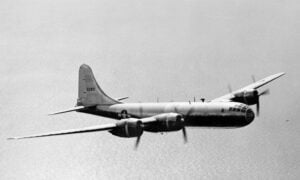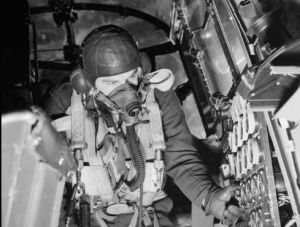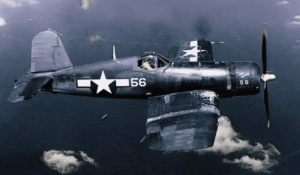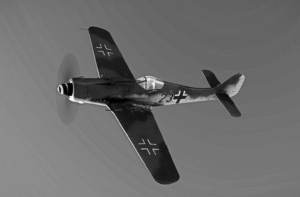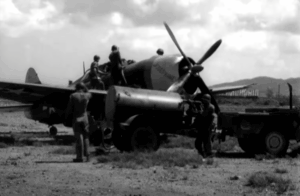How Did This Forgotten Swedish Fighter Outshine Its Rivals in World War II? | FFVS J 22
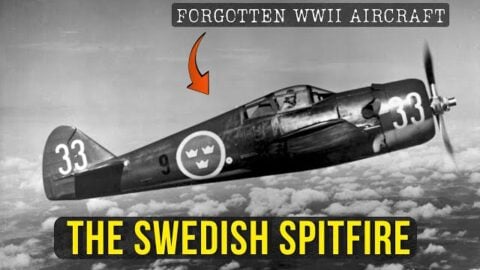
YouTube / World War Made Simple
There are many unsung heroes in the annals of WWII- aircraft that played key roles but never achieved the fame of their celebrated counterparts. The FFVS J22 is one such aircraft.
Developed in Sweden during the tumultuous years of the war, this fighter was a testament to ingenuity and resourcefulness in the face of adversity. Although iconic planes like the Spitfire and Mustang may dominate the history books, the J22 was Sweden’s knight in shining armor, ready to defend the skies of a neutral nation.
Origins
As a neutral country, Sweden was determined to maintain its independence and avoid being drawn into a conflict that engulfed Europe. However, with a rapidly changing geopolitical landscape and a threat of invasion, the country had to bolster its defenses, particularly its air force.
Sweden needed a domestic fighter to ensure a reliable supply of modern warplanes. In 1940, the government established the FFVS, specifically to design and manufacture a new fighter plane.
Production and Design
Construction of the first prototype started in October 1941 and took to the skies on September 20th, 1942. A second prototype soon followed. Between 1942 and 1946, 198 J22s were built and entered service in 1943. The design of the aircraft strikes a balance between performance and practicality, making it a vital asset to Sweden during a critical period.
The aircraft was a single-seat, single-engine mid-wing monoplane designed for agility and robustness. Its fuselage is a steel tube frame covered with plywood, a practical solution because of the aluminum shortage at the time. The wings, also plywood-covered, featured welded steel spars and ribs, ensuring structural integrity.
Performance
The heart of the J22 was the SFA STWC3G engine, producing 165 hp. This radial engine, which drives a three-bladed propeller, gave the aircraft a maximum speed of 575 km/hr. or 357 mph. The cruising speed is 500 km/hr or 311 mph.
Meanwhile, the range is 1,270 km or 789 miles, and the service ceiling is 9,300 meters or 30,512 ft. It had a retractable landing gear with two main legs retracting rearward into the fuselage and a tail wheel. This reduced drag, which contributed to the speed of the aircraft. The J-22’s performance was impressive for its 165 hp. engine. Its rate of climb is 15.7 meters per second surpassing the early Supermarine Spitfire.
Legacy
The J-22 remained in service until 1952 when it was phased out in favor of jet fighters like the Saab 29. The J-22’s role in maintaining the neutrality of Sweden was invaluable. During WWII, when Sweden faced pressure from both Axis and Allied powers, with potential threats from German and Soviet aircraft.
The J-22’s presence, alongside other fighters such as the J9 and J22, ensured that the Swedish Air Force could respond swiftly to airspace violations. Although incidences are scarce, the Swedish Air Force’s expansion to over 800 combat-ready aircraft by 1945, including 15 fighter divisions underscores the contribution of the J-22 to a robust defense.














